Types of Serves
Serving is one of the most important volleyball skills. It is the first opportunity to score points and can set the tone for the rest of the game. There are four main types of serves in volleyball: the underhand serve, the overhand serve, the float serve, and the jump serve.
The most common type of service is the underhand service. It is a quick and powerful service that is used to surprise the opposing team and generate momentum. To do an underhand serve, the server stands behind the service line and throws the ball up into the air with one hand. The other hand is then used to hit the ball with an underhand motion. The server should aim for the area of the court where the opposing team is weakest.
The overhand serve is another common technique used to generate power and accuracy. To serve the ball overhand, the server stands behind the service line and throws the ball up into the air with one hand. The other hand is then used to hit the ball with an overhand motion. This type of service is usually more powerful than an underhand serve, but it does require more accuracy.
The float serve is a slower, less powerful serve used to confuse the opposing team. To do a float serve, the server stands behind the service line and throws the ball up into the air with one hand. The other hand is then used to hit the ball with a light, sweeping motion. The ball will travel more slowly, giving the opposing team less time to react and set up their defense.
The jump serve is the most difficult type of service and requires the most skill. To do a jump serve, the server stands behind the service line and jumps up into the air while throwing the ball up with one hand. The other hand is then used to hit the ball with a powerful overhand motion. This type of serve is the most powerful, but it does require the most practice.
Setting
Setting is one of the most important skills in volleyball and can be the difference between winning and losing. Setting is the act of using the hands and arms to position the ball for a teammate to spike or attack. It is an essential part of the game and requires a lot of practice and dedication.
Setting Fundamentals: To set the ball properly, the setter should stand in the front row of the court and spread their arms out wide. The setter should then bend their knees and move their feet to the side of the court they are setting to. The setter should then use their hands and arms to direct the ball to their teammate.
Advanced Strategies: As a setter becomes more experienced, they can begin to use more advanced strategies to increase the accuracy and power of their sets. For example, the setter can use their hips and shoulders to increase the power of the set, or they can use their hands to guide the ball to a specific spot on the court. The setter should also focus on using the arms and wrists to set the ball in a direction that will give their teammate the best opportunity to spike the ball.
Spiking
Spiking is one of the most exciting parts of volleyball, and it requires a lot of skill and technique. Spiking is the act of jumping up into the air and using the arms and hands to hit the ball over the net. It requires a lot of power and accuracy, and it can be the difference between winning and losing.
Types of Spikes: There are two main types of spike: the jump spike and the overhead spike. The jump spike is the most common type of spike and is used when the ball is close to the net. To do a jump spike, the spiker jumps up into the air and uses their arms and hands to hit the ball over the net. The overhead spike is used when the ball is further away from the net and requires the spiker to hit the ball with an overhead motion.
Proper Form: The spiker needs to use proper form when spiking. The spiker should start in a low stance with their feet shoulder-width apart and their arms at their sides. The spiker should then jump up into the air and extend their arms back before hitting the ball with their hands. The spiker should also focus on using their hips and legs to generate power and accuracy.
Blocking
Blocking is one of the most important defensive skills in volleyball and can be the difference between winning and losing. Blocking is the act of using the hands and arms to stop an attack from the opposing team. It is a vital part of the game and requires a lot of practice and dedication.
Proper Form: To block properly, the blocker should stand in the front row of the court and spread their arms out wide. The blocker should then bend their knees and move their feet to the side of the court they are blocking to. The blocker should then use their hands and arms to direct the ball away from the opposing team.
Techniques: As a blocker becomes more experienced, they can begin to use more advanced techniques to increase the effectiveness of their blocks. For example, the blocker can use their hips and shoulders to increase the power of the block, or they can use their hands to guide the ball away from the opposing team. The blocker should also focus on using the arms and wrists to block the ball in a direction that will give their team the best chance to keep the ball in play.
Digging
Digging is one of the most important skills in volleyball and is one of the best ways to keep the ball in play. Digging is the act of using the hands and arms to keep the ball off the ground. It requires a lot of skill and practice, and it can be the difference between winning and losing.
Strategies: Several strategies can be used to increase the effectiveness of a dig. For example, the digger should always keep their eyes on the ball and move their feet in the direction of the ball. The digger should also focus on using their arms and wrists to keep the ball off the ground and in play.
Tips: Several tips can be used to increase the accuracy and power of a dig. The digger should always keep their arms and hands close to their body and use their hips and shoulders to generate power. The digger should also focus on using their feet to move quickly and position themselves for the dig.

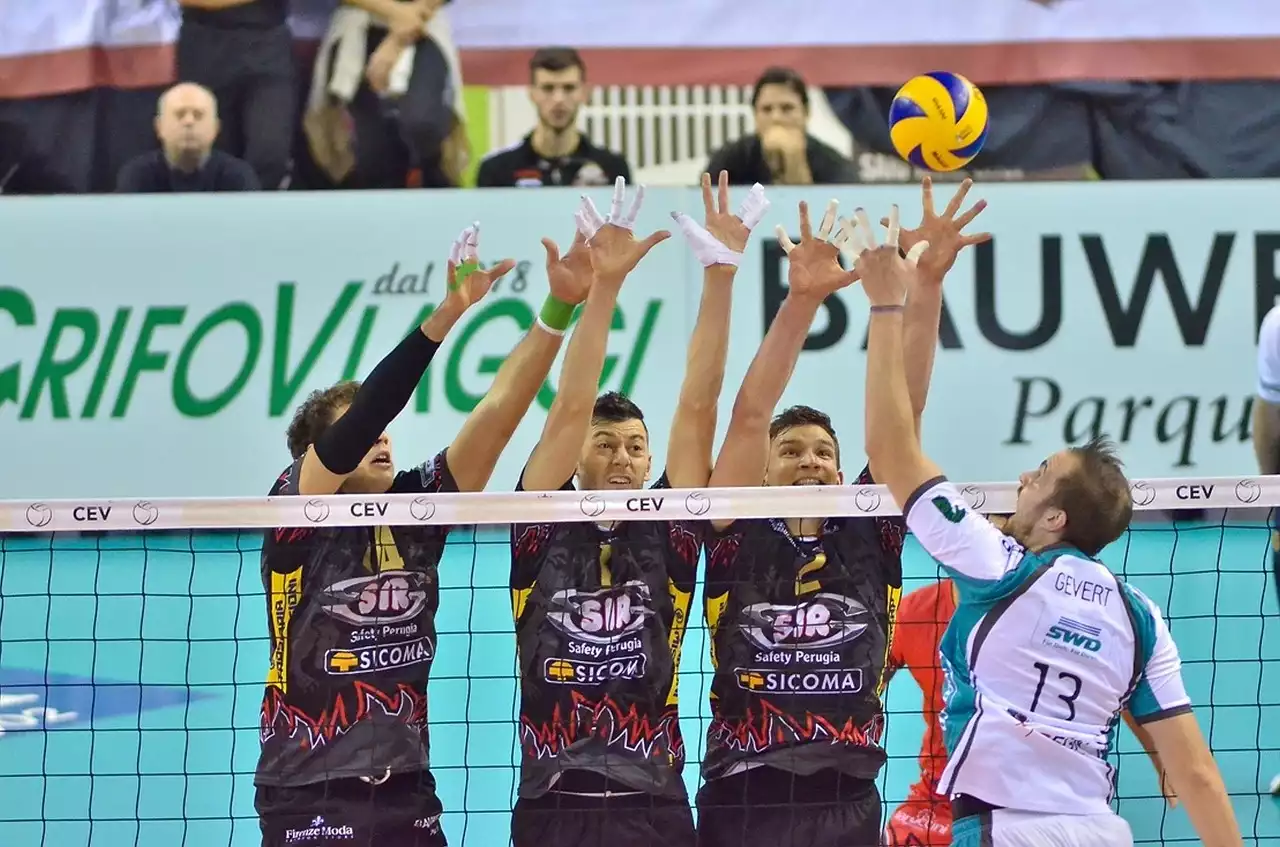
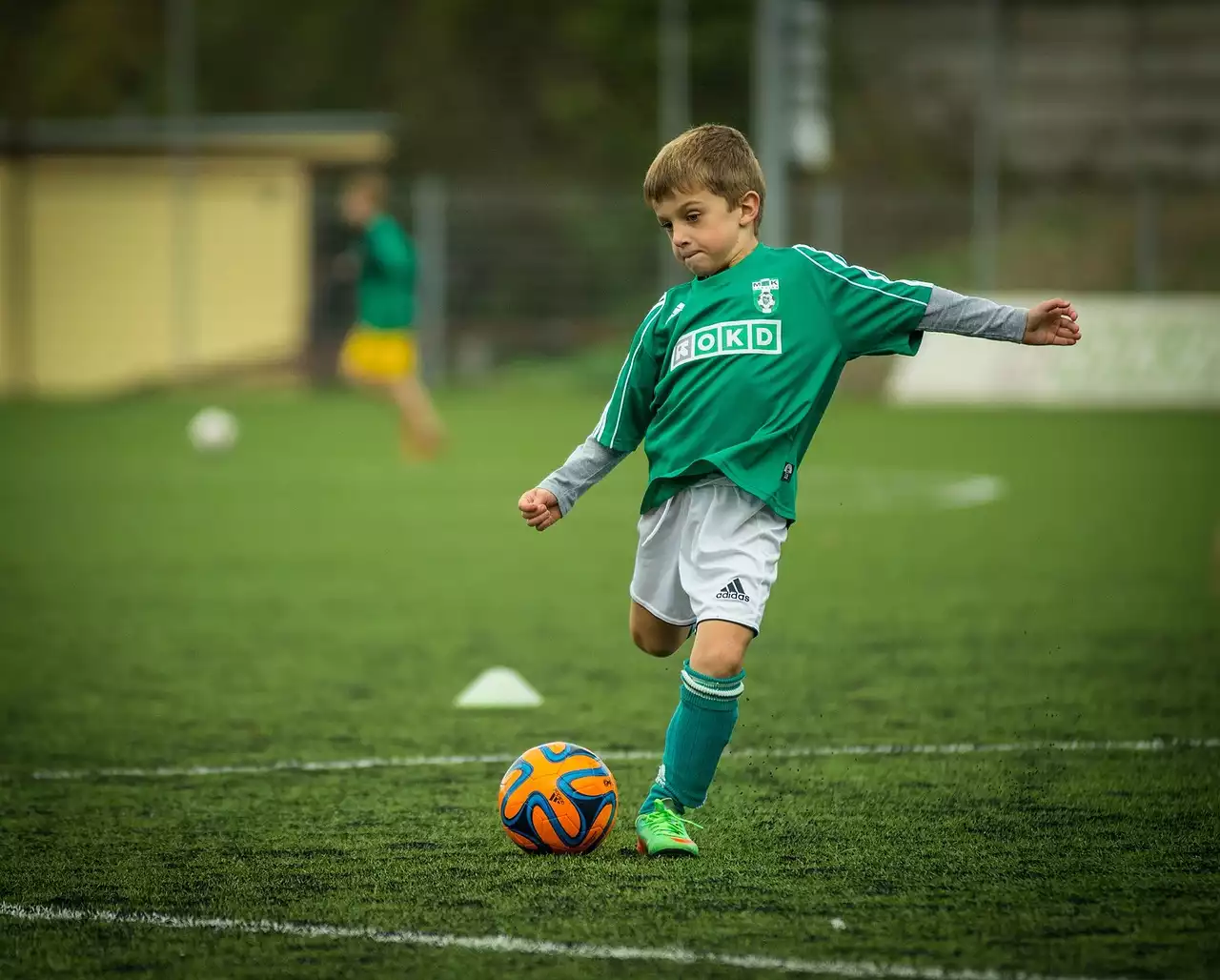
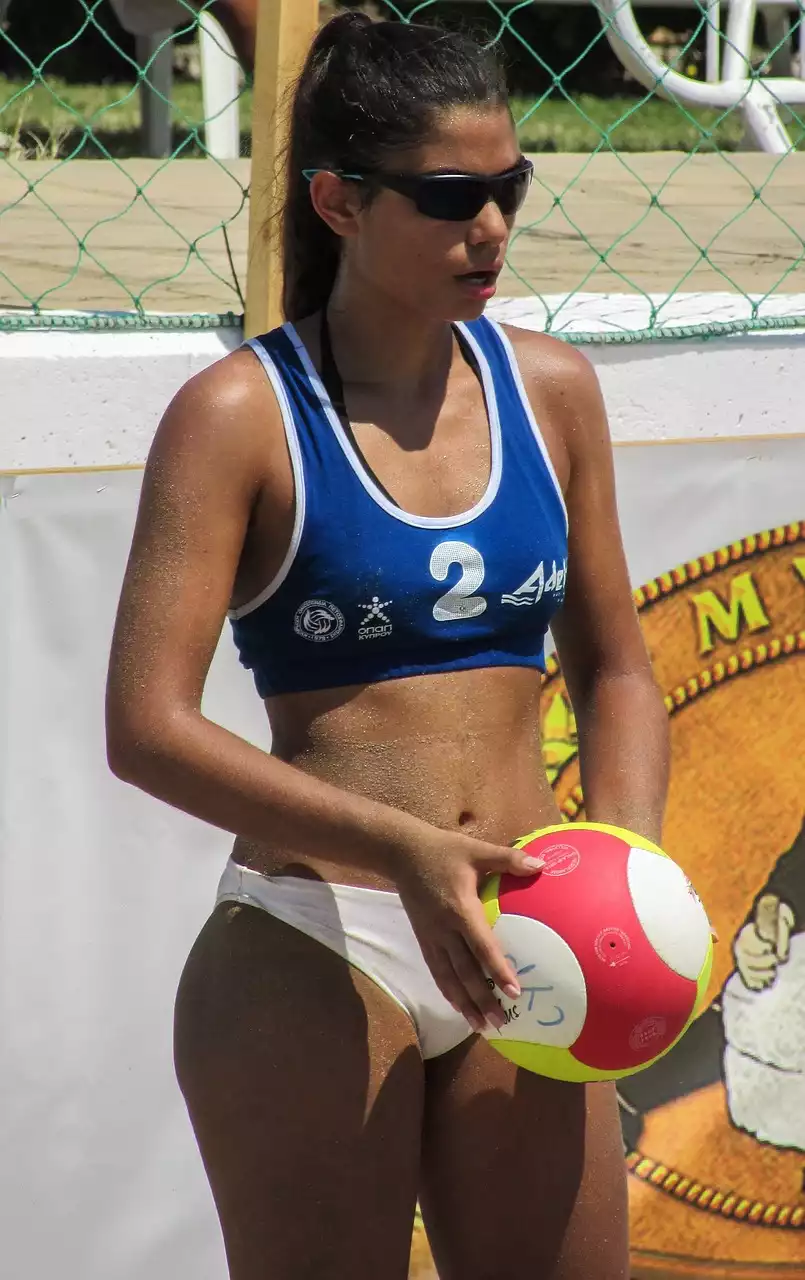
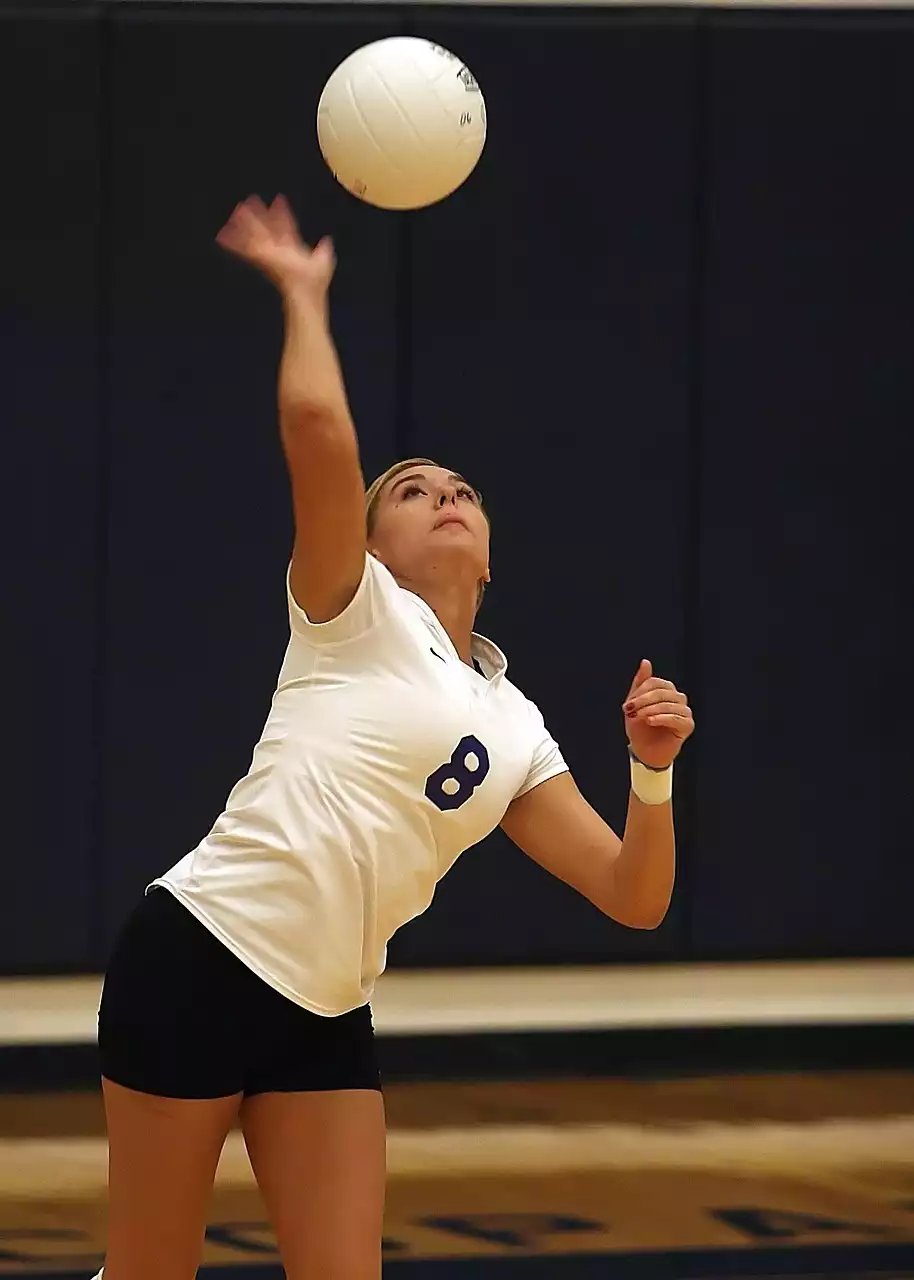
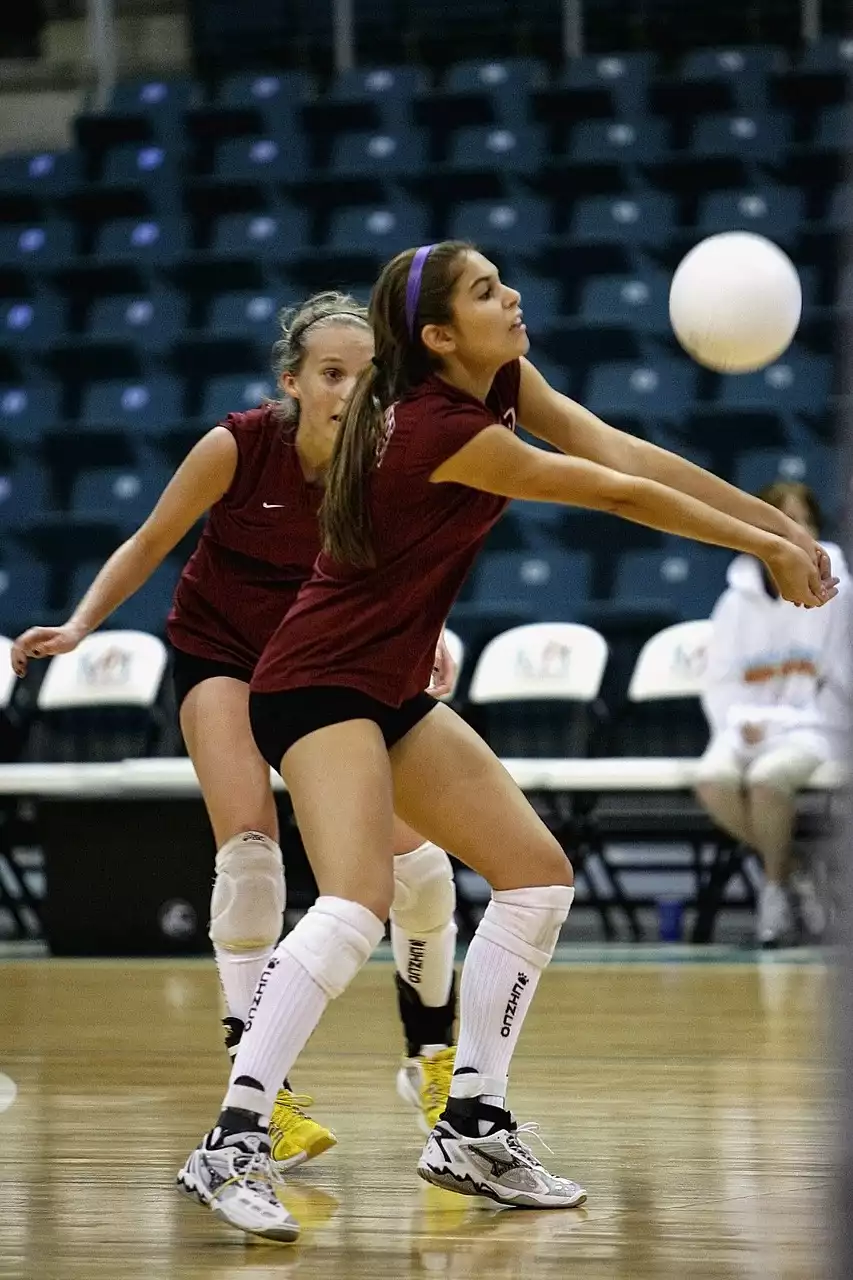

.png?size=50)



